Every month visitors get the chance to select and view materials from our collection that are not on display in the museum. During the third week of June we welcomed many different visitors to Insight, and one was Ana Maria Mauad, Professor of History at Universidade Federal Fluminense, Brazil, and Celso Furtado Visiting Scholar at St. John’s College, Cambridge University, UK. Ana kindly agreed to write a blog post about her use of the Daily Herald Photographic Archive.
I am a Brazilian historian who has been working with photography as a platform to understand social relationships since 1990, when I presented my PhD dissertation. From this moment on photographs have played a central role in my research, mainly, but not exclusively, dealing with photojournalism.
I have also developed research on documentary photos, family photos, and how photographs became a part of the art world during the 19th and 20th centuries.
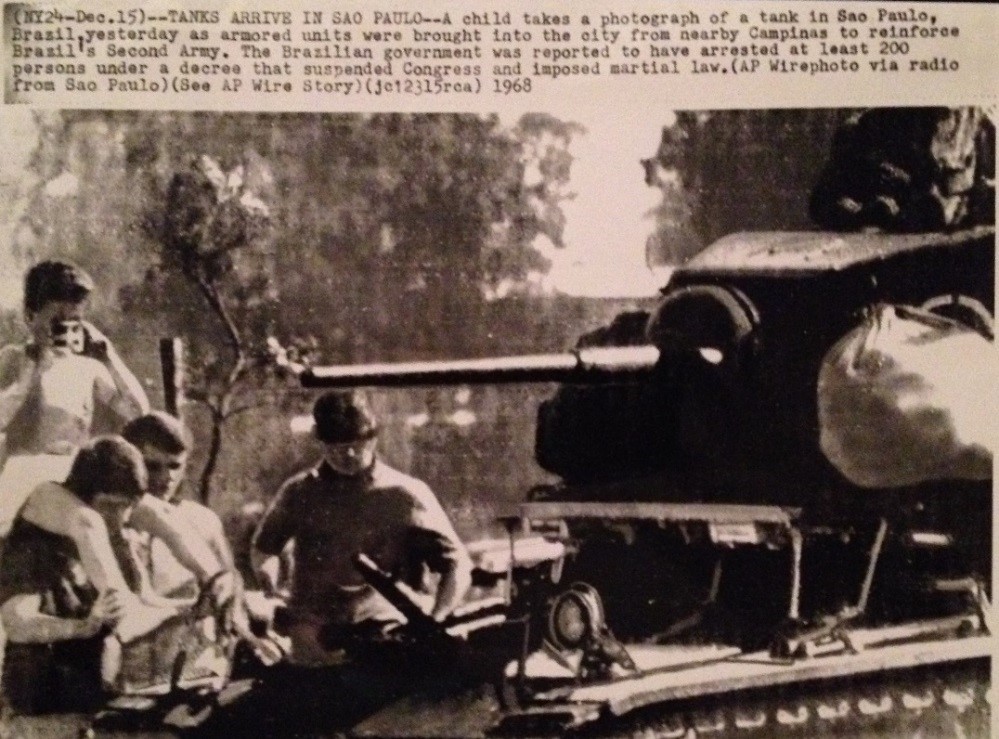
My current research is about public photography and the way it has helped to configure a visual public space during the 20th century. What do I mean by the notion of public photography? This notion is based upon the photographic practice deployed by different public agents in contemporary societies—for example, documentary photographs made by governmental agencies in order to register their activity towards the public space. This includes propaganda and surveillance, but also regular recording of governmental activity in public spaces—improvements, expeditions, social policies, etc.
Photographs produced as news for illustrated press, including magazines and newspapers, but also photos produced to seduce as consumption; and also photographs that were produced or appropriated by the art world, which has made possible the emancipation of the audience from the restrictions of realism.
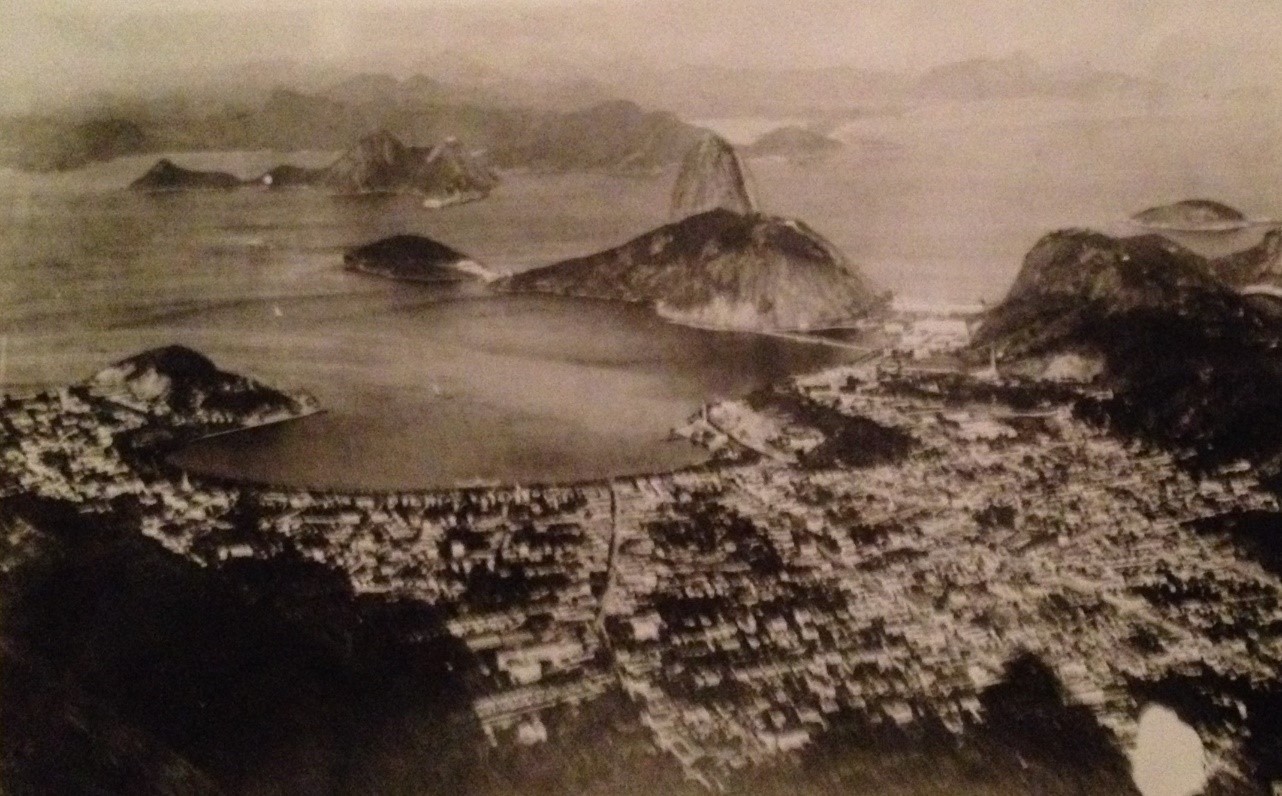
In this respect, the photographic archive of the Daily Herald is a goldmine. Not only for its particular nature, as a newspaper aligned with the labour movement, but also because of its long-term duration. Related to South America, my main interest, the period covered by the photographs goes from 1930s to 1960s when the newspaper was closed. This broader coverage has to do with the history of the newspaper, valorising international news for a local audience, and with the development of a media circuit for photographs, that includes commercialisation of photos among the press agencies from this period on.
Brazil and Argentina are significantly represented in the archive, with 14 folders of photographs each; less so Chile (7 folders) and Uruguay (2 folders). This uneven distribution can be explained in two ways: by the role played by Brazil and Argentina in geopolitics of South America at that time; and by the political scenario in each country, both, like the newspaper, committed to a labour agenda.
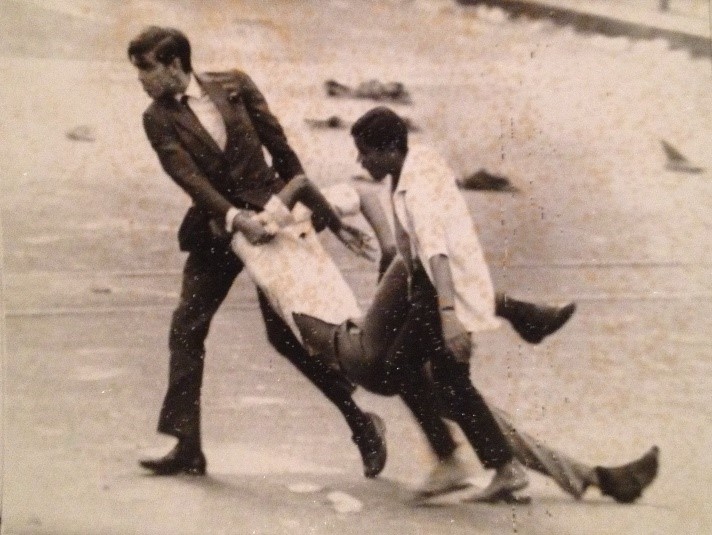
The archive contains a great number of photographs of revolutions, riots and demonstrations in Brazil, Argentina and Chile. During the 1960s, both in Chile and Argentina, there are photos of demonstrations against the United States’ presence in South America, despite the fact that in both countries dictatorships were held after the Daily Herald had already closed.
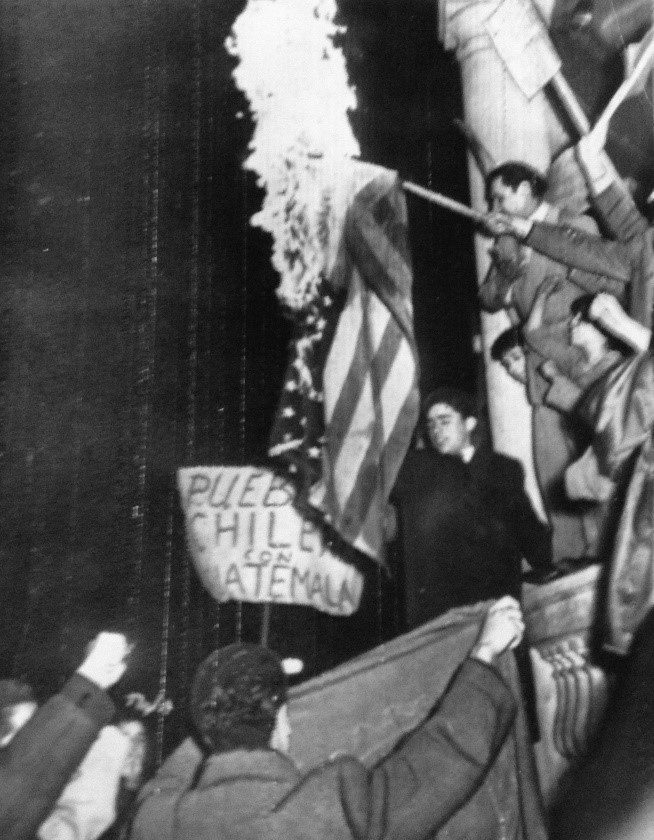
During my first visit, I gave special attention to Brazilian photographs. The main purpose was to understand how a UK newspaper committed to labour issues depicted Brazil. This first overview gave me important information about the media circuits of the photographs of that time. Some photographs were produced by the newspaper’s photographers, but very few; the majority of the photos, as we can see from the inscriptions on the back, originate from various press agencies and were bought by the Daily Herald to be kept in its archive.
Another important clue was that not all the images were published, but almost all of them were identified with subtitles on the background, some accompanied by text. A photograph that was intended for publication will include marks on the surface of the photo, or a diagram drawn on its back.
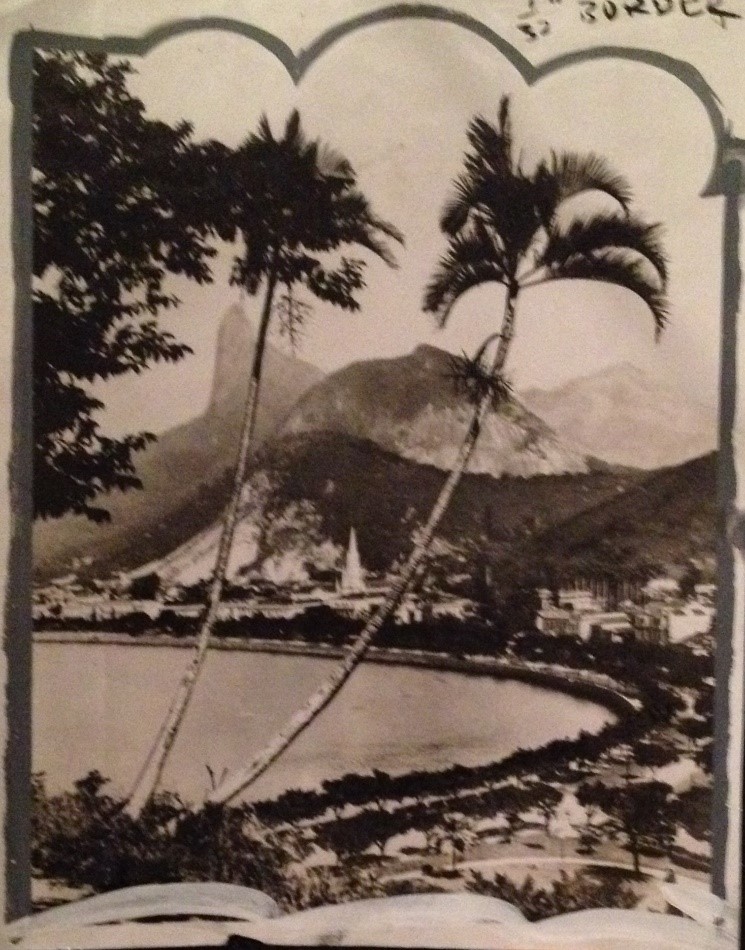
There is a whole folder dedicated to the building of the new Brazilian capital, Brasilia, inaugurated in 1960; but also a folder dedicated to Rio de Janeiro, which was the Brazilian capital from the 18th century until 1960, highlighting its natural beauty and great buildings.
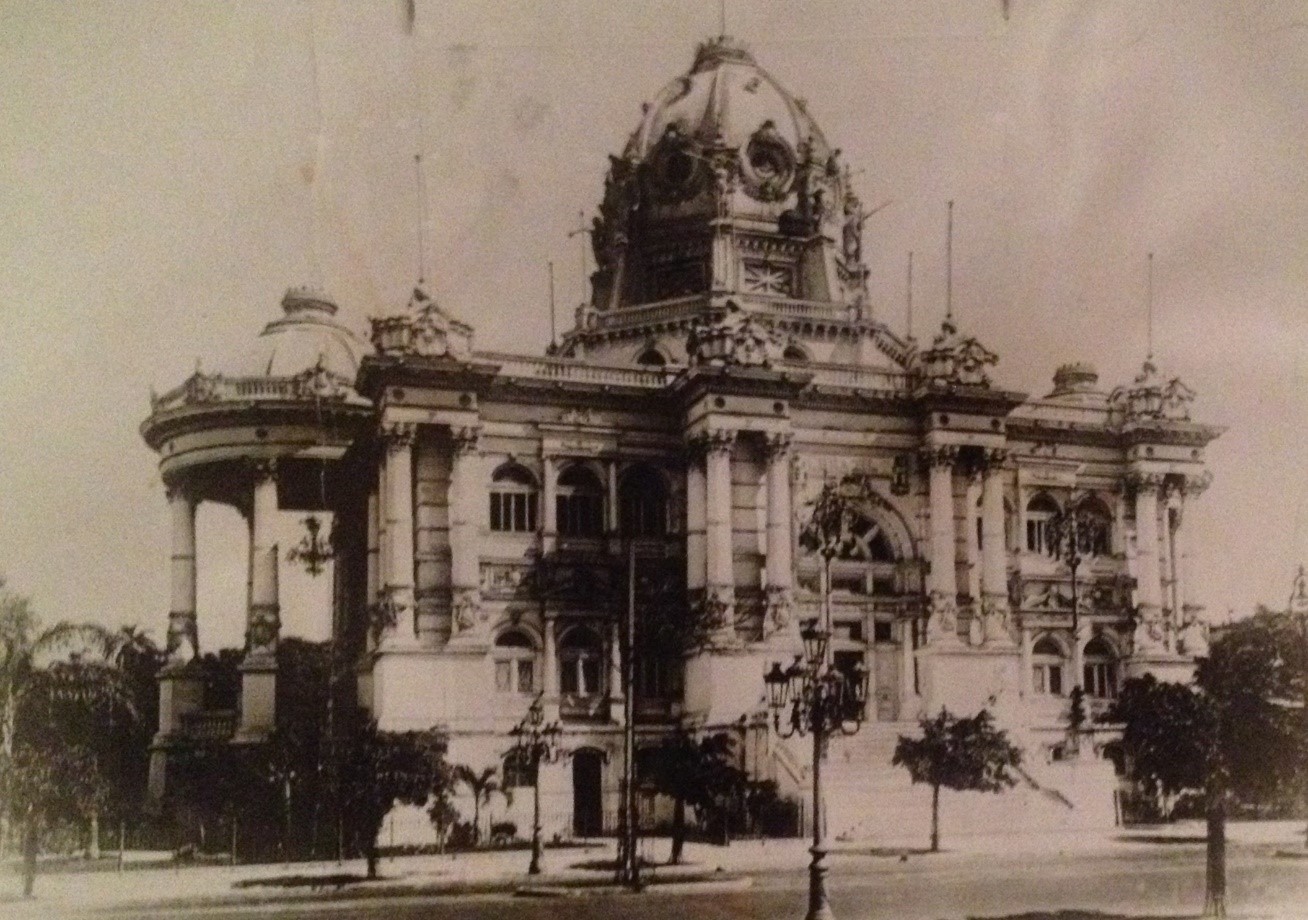
In other folders we can find photographs from the construction of the Maracanã Stadium and the football games of the 1950 World Cup, held in Brazil, when this stadium was first opened to the public. Unfortunately Brazil lost this World Cup to Uruguay.
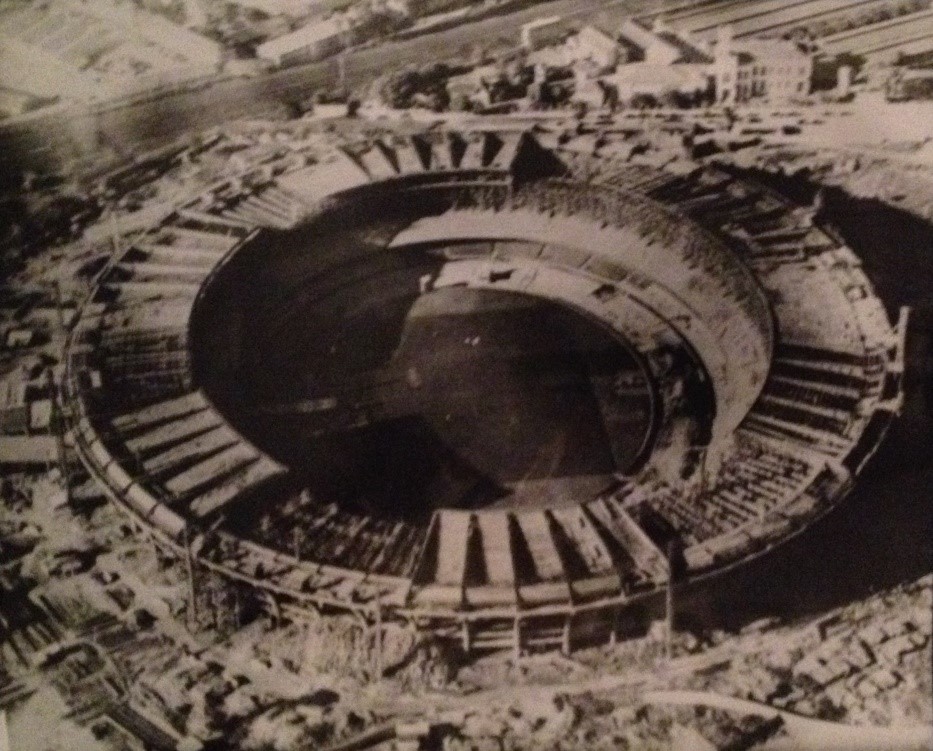
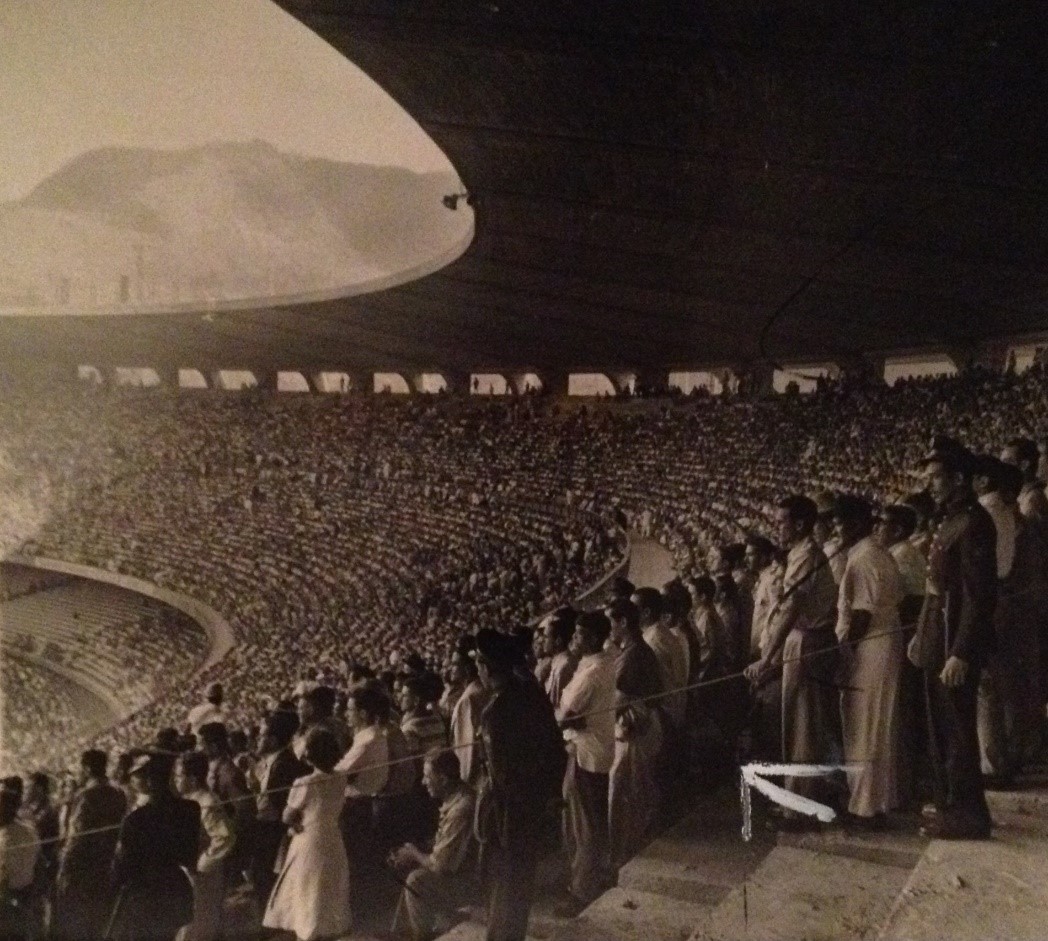
Among the great variety of subjects depicted by the Daily Herald coverage of Brazil, the photographs from 1964 Brazilian coup d’etat were really shocking. We can find photos of torture (folder: ‘defence’), the military repression of student demonstrations and against activists, side by side with tanks in the streets and heavily armed soldiers (folder: ‘revolutions, demonstrations and riots’).
These images need to be traced in the published newspaper in order to consider the impact of the event in UK press; however, we can already evaluate the position of the Daily Herald denouncing the authoritarianism in Brazil.
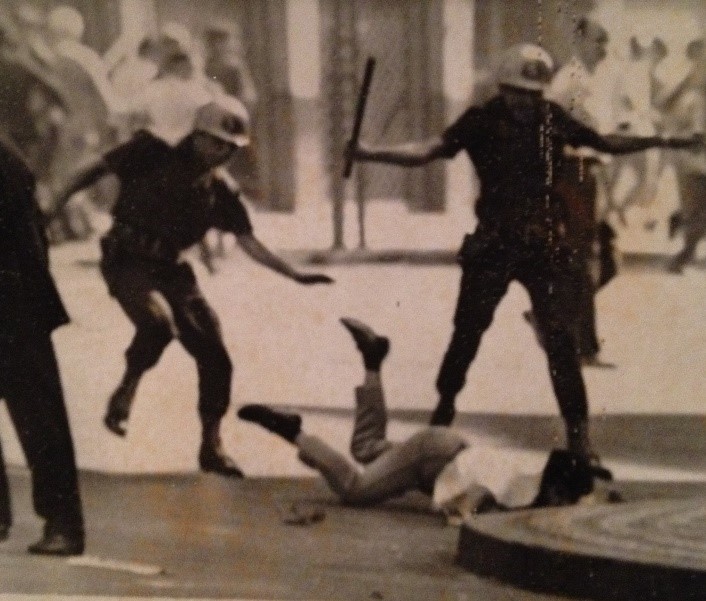
Being able to copy the images in low resolution is a great help for the researcher, as we can have access to the photographs later and time to analyse them more closely. The very good conditions provided by the archive staff at the National Science and Media Museum make this research possible.